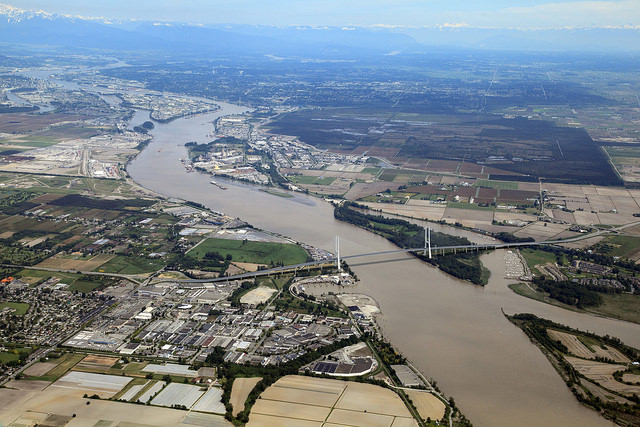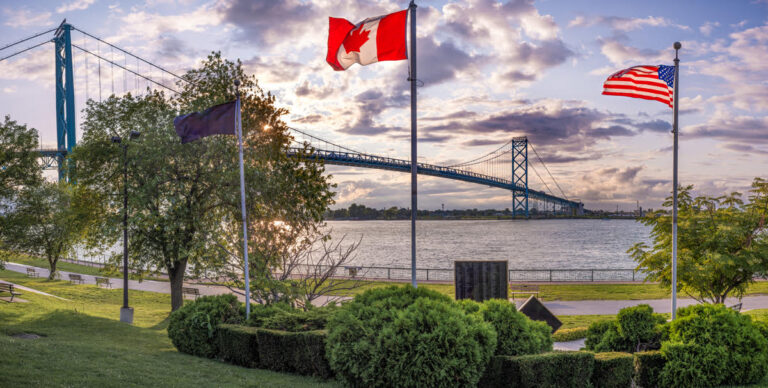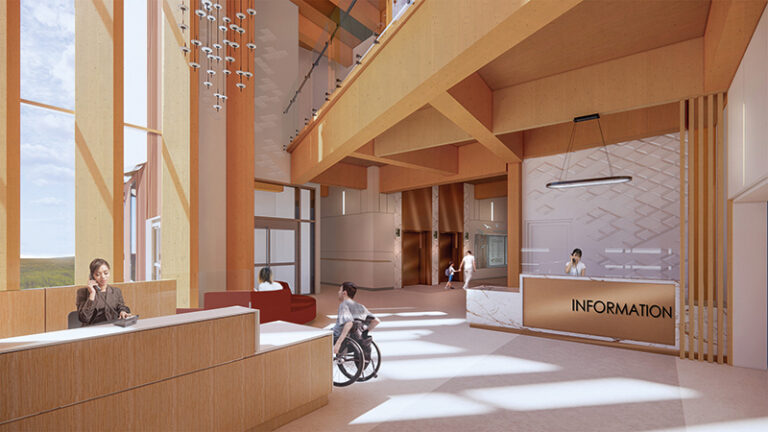It’s difficult to project what will happen in a year ahead when so much still seems up in the air, especially on the political front. Three provinces have new councils just settling in, three provinces are still sorting out infrastructure agendas following the election of new parties, and the federal election, which is wide open, lingering in the months ahead.
The good news is that there is still a pipeline of megaprojects in the works, as the ReNew Canada pipeline still exceeds the 100 projects featured in our annual report. All three levels of government, as well as the private sector, continue to have substantial short and medium term plans for significant investment in the portfolio, both for new and rehabilitated assets.
But with so much in flux, with funding and political support still to be established, what comes next is still very much up for debate.
We have identified 12 key projects, issues, and conundrums that will be key to infrastructure development in Canada in the year ahead. These are presented in no particular order… except for the first one.
The 2019 federal election
There is no single issue that will have a greater impact on infrastructure development in Canada in 2019. The bilateral agreements have all been signed, so for the most part, we know what to expect from the governing Liberals in terms of investment. But the same cannot be said for the Conservative Party of Canada (CPC) or the New Democratic Party (NDP), neither one of which have provided a clear plan that indicates if spending would increase, or decrease, under their regime.
A Massey solution?
We still do not have a clear understanding of the new solution for replacing the George Massey Tunnel in B.C. The coalition NDP-Green government in B.C. has focused on other priorities, such as the $1.377-billion replacement of the Pattullo Bridge and funding for transit expansion, but this still remains a high priority for transportation infrastructure in the province. Richmond Mayor Malcolm Brodie still support an investigation into twinning the tunnel, with new Delta Mayor George Harvie says that he will push for the shovel-ready bridge. Expect this issue to reach a boiling point in 2019.
What’s next for Alberta?
Good question. The NDP face a tough test in the spring election thanks to the emergence of the United Conservative Party, leading by former federal Minister of National Defence Jason Kenney.
For the most part, the NDP have provided steady funding for infrastructure projects throughout the province, with several megaprojects getting off the ground with the help of provincial funding. But like every other province across Canada, the lack of funding commitments for certain key priorities, such as the East Perimeter Highway, could be used against them come campaign time.
At press time, Kenney had not yet unveiled his plan for infrastructure spending should the UCF get elected. But with a decent record of investment from their NDP counterparts, the plan will come under great scrutiny when it is released.
Downtown Relief Line
One of the great political footballs during the 2018 mayoral race in Toronto, the demonstrated need for a new subway to relieve overcrowding is paramount. Mayor Tory will need to push this forward, especially after City of Markham mayor Frank Scarpitti publicly stated in October that he would push for the Yonge Street Extension to be built immediately regardless of the status of the relief line. The environmental assessment was approved days before the municipal election, but the funding isn’t yet in place.
This is, without question, the biggest transit priority in Canada’s largest city.
Bank-able investments
In November, Canada Infrastructure Bank CEO Pierre Lavalleé told the infrastructure community that his team is actively engaged in discussions on 10 infrastructure projects, representing (potentially) tens of billions of dollars in public sector infrastructure projects.
These investments could get some stalled projects off the ground, or perhaps present new initiatives that have not previously been publicly presented. Stay tuned.
Pipeline update?
In November of 2017, Infrastructure Ontario released an update of its project pipeline, introducing several new megaprojects worth billions of dollars.
However, since the Progressive Conservatives took power in June of 2018, there has been little news on what the new pipeline looks like, and how much it will be altered from the priorities of the previous government.
With so many companies working on Ontario-based projects, the next update of the IO pipeline will be critical for understanding the priorities for business in the province in the years to come.
Plante’s pink predicament
With the election of the Coalition Avenir Quebec in the provincial election, Montreal mayor Valerie Plante’s plan for the Pink Line have taken a hint as new Premier Francois Legault has been vocal in stating that he and his party do not support the project.
But with the introduction of the Canada Infrastructure Bank, provincial funding isn’t necessary in order to get an infrastructure megaproject off the ground. If Plante wants the project badly enough, if she thinks the Pink Line is absolutely necessary for the city, would she be willing to sacrifice some of the project’s revenue in order to get it built?
Investigation closed?
This year, the inquiry into the Muskrat Falls project will be completed. The project, which now sits at $12.7 billion, is nearly double the original approved budget.
The inquiry will shed light on where the project budget fell down, and what measures will be undertaken to provide future savings for ratepayers despite the need to cover the project costs. More importantly, it will provide valuable lessons for the entire industry on the planning pitfalls of large-scale hydroelectric projects.
Cross-border power
Twelve months ago, we pondered whether it would be the year that one or multiple cross-border power megaprojects would finally reach toe construction phase. That didn’t happen, but certainly the Lake Erie Connector is close, and projects in Manitoba and Atlantic Canada look to be nearing the start line as well.
Could this, finally, be the year that one of these projects starts construction?
Will Winnipeg’s woes continue?
Maybe we are reading too much into the hype, but it feels like there are few cities in Canada whose difficulties in funding infrastructure projects have been more pronounced than in Winnipeg.
Brian Bowman won a convincing mandate for his second term in the city’s top job, and he knows he has work to do on the infrastructure front. He faces an uphill battle in convincing Premier Brian Pallister and Minister of Infrastructure and Communities Francois-Philippe Champagne to provide more funding for the city, but without question he will have to make pressuring both a priority.
If he is unsuccessful in finding more revenue at the provincial and/or federal level, could Winnipeg be an ideal candidate for an investment from the Canada Infrastructure Bank?
Resource development
During the Liberal’s reign in Ontario, the opposition was very critical of the government’s inability to get a funding agreement in place to build the transportation assets necessary to open the Ring of Fire to development.
Now that the Progressive Conservatives are in power, will they step up to the plate and push forward to get a deal done? It will be worth keeping an eye on the 2019-20 budget announcement to see if the funding is in place.
Viva la VIA
The federal government announced in 2018 that it is providing $1.3 billion to upgrade and modernize VIA Rail’s vehicle fleet. This could drastically improve the quality of passenger rail service across the country.
But will the upgraded fleet push rural travellers stuck in their cars to now turn to rail service to travel to urban centres from coast to coast? It’s a financial gamble worth making, especially as urban commuters continue to adopt the transit option. And in corridors where high speed rail is being considered, it could provide the last piece of the business case to make those projects move forward.
There are no shortage of issues and trends impacting infrastructure development in Canada at any given time. To stay on top of it all, be sure to check in with us at renewcanada.net for your daily insights, project news, and answers to the questions we’ve posed in this article.











